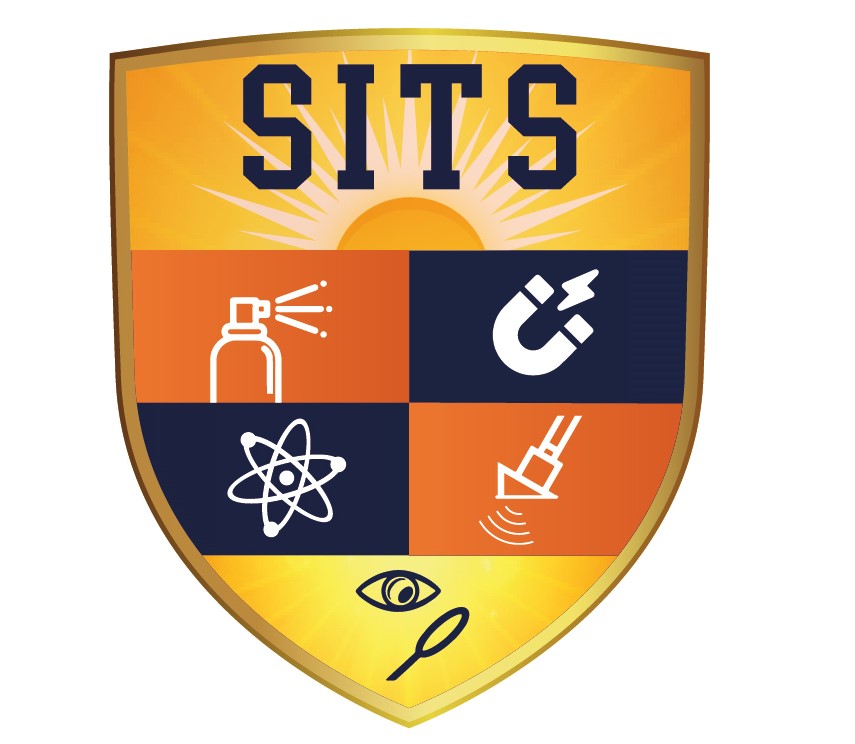Liquid Penetrant Inspection
LPI, also known as dye penetrant inspection, is a reliable, efficient, and cost-effective method for finding surface faults in welds, castings, and other non-destructible components.
With SITS’ comprehensive course, you’ll be able to do a thorough onsite penetrant inspection. For analysing nonferromagnetic and non-metallic materials, the liquid penetrant examination is a useful method.
The penetrant inspection process
Before applying the liquid penetrant, the parts must go through a pre-cleaning process (etch, alkaline, or solventcleaning). Excess penetrant is removed from the surface (but not from any probable faults) once the correct dwell time has been allowed, and the part cleaned to remove the excess penetrant. The dye that has seeped into cracks or pores is then pulled up by a developer, resulting in an indication on the surface of the part. An inspector then generates a report detailing the type, amount, and size of defects on a component based on the findings

